Bosch Refrigerator Not Cooling (Quick Fix)
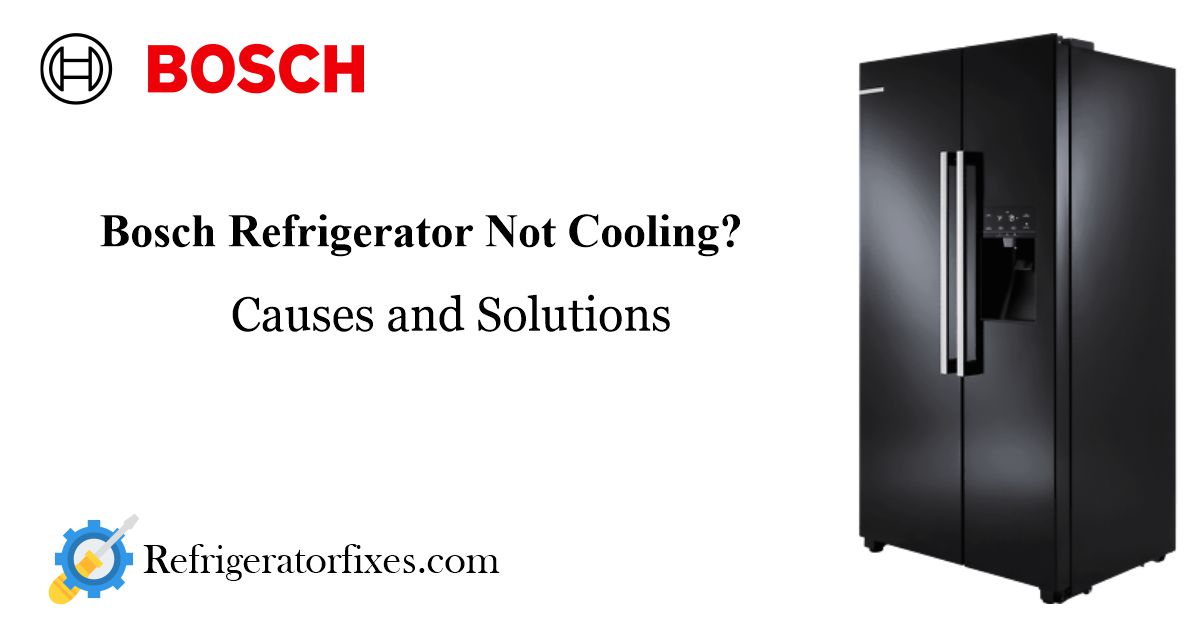
If you own a Bosch refrigerator and it’s not cooling properly, you’re not alone. Many Bosch refrigerator owners have experienced this issue. The good news is that in most cases, you can easily troubleshoot and fix the problem yourself. In this comprehensive guide, we will walk you through the step-by-step process of diagnosing and resolving the cooling issue in your Bosch refrigerator.
READ ALSO: How to Troubleshoot and Fix a KitchenAid Refrigerator Not Cooling
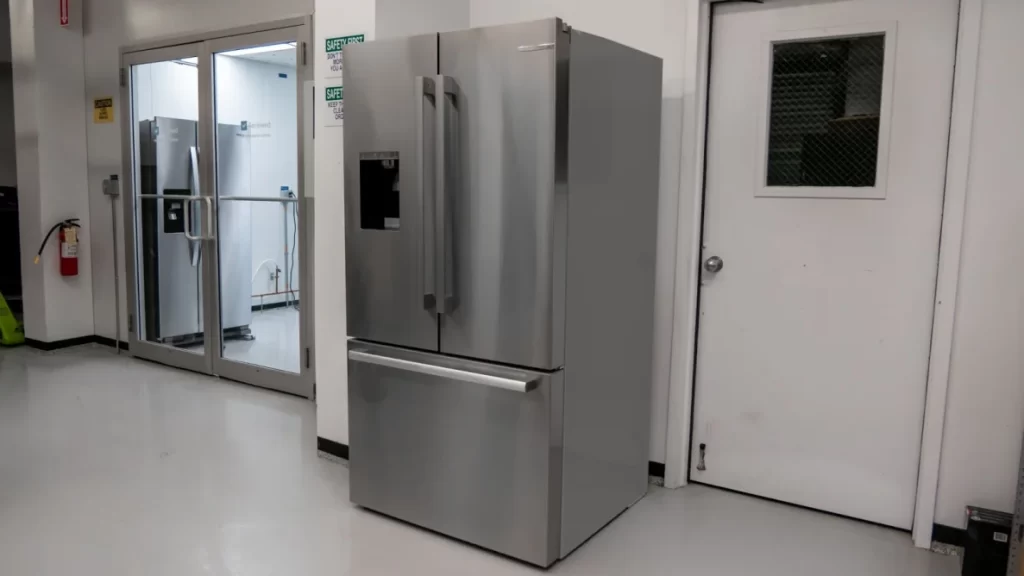
How to Troubleshoot and Fix Bosch Refrigerator Not Cooling
Bosch refrigerators are known for their quality and performance, but sometimes they may encounter cooling issues that affect their efficiency and food safety. If your Bosch refrigerator is not cooling properly, you may wonder what is causing the problem and how you can fix it.
There are many possible reasons why your Bosch refrigerator is not cooling, ranging from simple to complex. Some of the common causes are:
- The refrigerator is not plugged in or the power socket is faulty.
- The thermostat is set too high or too low.
- The door is not closing tightly or the seals are damaged.
- The vents are clogged or blocked by food items.
- The condenser coils are dirty or broken.
- The fan motor is malfunctioning or the evaporator is frozen.
- The compressor is defective or the refrigerant is leaking.
Depending on the cause of the problem, you may be able to fix it yourself or you may need to call a professional technician for assistance. In this article, we will guide you through some of the easy fixes you can try before contacting Bosch Customer Support.
READ ALSO: How to Troubleshoot and Fix a Frigidaire Refrigerator Not Cooling
Section 1: Check the Power and Temperature Control
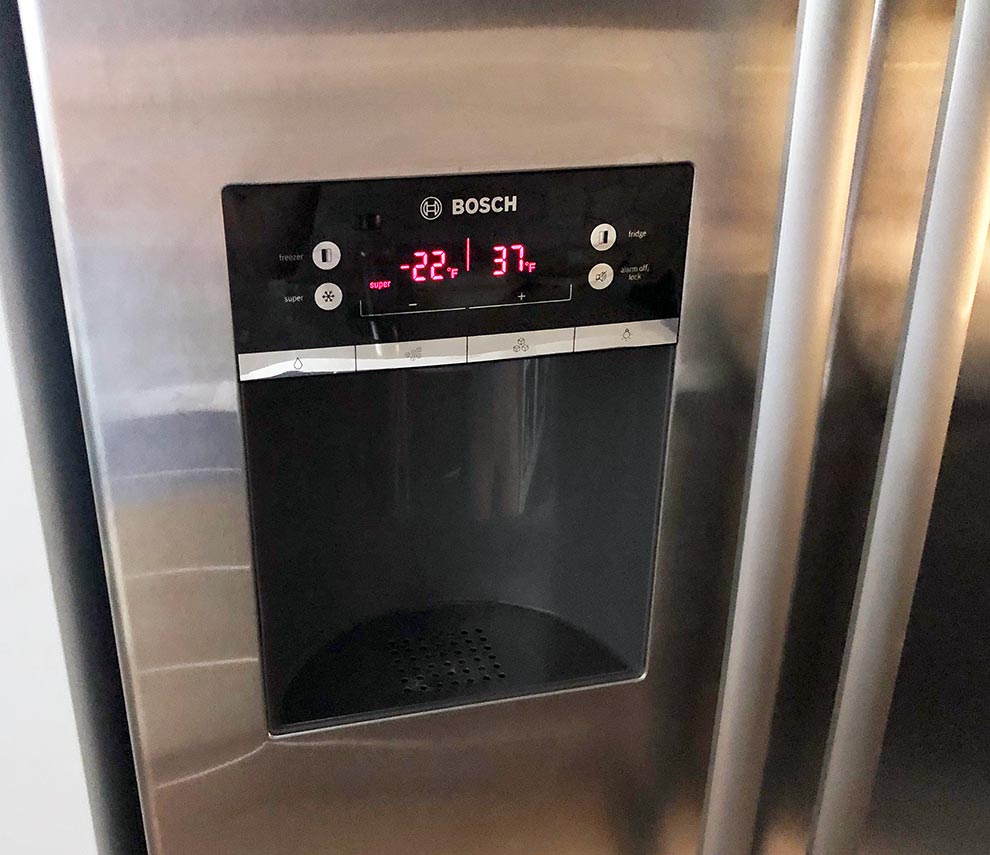
The first step in troubleshooting a Bosch refrigerator not cooling is to check the power and temperature control settings. Follow these steps:
- Check the power outlet: Unplug your refrigerator and test the outlet by plugging in another appliance. If the outlet is not working, check your circuit breaker box to see if the circuit has tripped.
- Reset the refrigerator: Keep the refrigerator unplugged for 2 full minutes before plugging it back in. This will reset the refrigerator and may resolve the cooling issue.
- Verify the temperature control settings: Ensure that the temperature control settings are correctly set. Sometimes, the settings may have been accidentally changed or adjusted by someone. Adjust the temperature to the appropriate level for both the refrigerator and freezer compartments.
- Inspect the doors: Check if both the refrigerator and freezer doors are fully closed and not obstructed by any items. Large containers or trays can prevent the doors from closing tightly, leading to cooling problems. Also, inspect the door gaskets to ensure they are intact and sealing the doors properly.
CHECK OUT: How to Troubleshoot and Fix a Whirlpool Refrigerator Not Cooling
Section 2: Clean the Condenser Coils
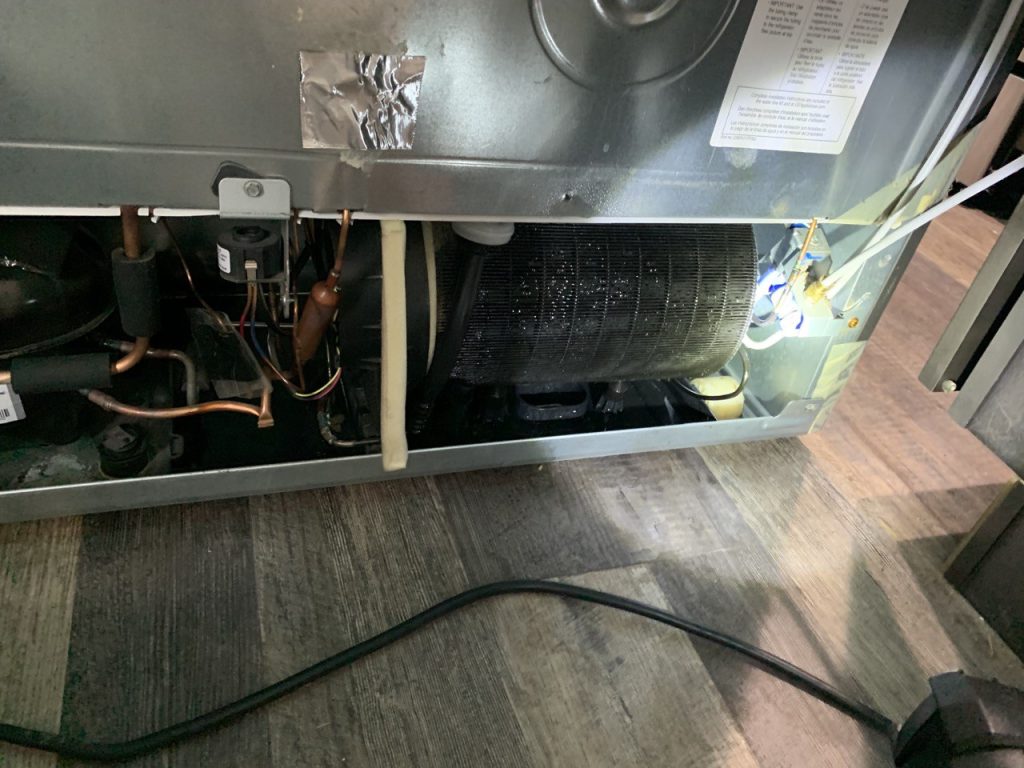
Dirty condenser coils can significantly impact the cooling performance of your Bosch refrigerator. Follow these steps to clean the condenser coils:
- Unplug the refrigerator: Before starting any maintenance or cleaning tasks, unplug the refrigerator from the power source for safety purposes.
- Access the condenser coils: Pull the refrigerator away from the wall to access the back. Locate the vent at the back and check for any physical obstructions. Remove the vent plate to expose the condenser coils.
- Clean the condenser coils: Use a condenser brush or a brush of a similar kind to gently remove dust and debris from the condenser coils. Vacuum up the debris as you go to ensure a thorough cleaning.
- Clean the front condenser coils (if applicable): Depending on the model of your Bosch refrigerator, there may be condenser coils at the front as well, underneath the kick-plate. Clean these coils in the same manner as the back coils.
- Reassemble and plug in the refrigerator: Once you have cleaned the condenser coils, reattach the vent plate and plug the refrigerator back into the power source. This should improve the cooling performance of your Bosch refrigerator.
CHECK OUT: How to Troubleshoot and Fix a Samsung Refrigerator Not Cooling
Section 3: Check the Condenser Fan
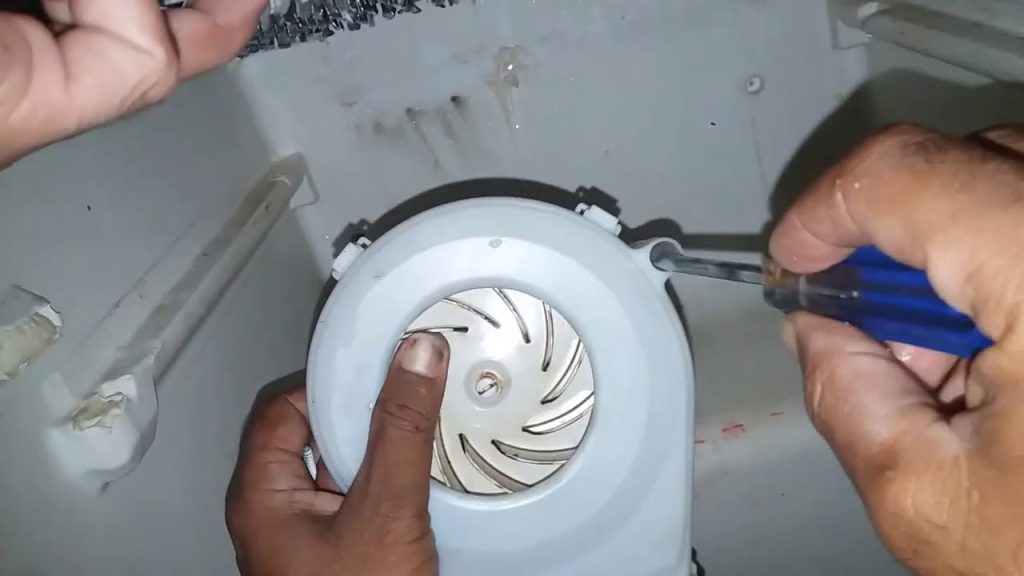
The condenser fan plays a crucial role in circulating fresh air and cooling the condenser coils and compressor. If the condenser fan is not working properly, it can affect the cooling performance. Follow these steps to check the condenser fan:
- Locate the condenser fan: The condenser fan is typically located between the compressor and the condenser coils. It may vary in placement depending on the specific model of your Bosch refrigerator.
- Inspect the condenser fan: Ensure that the condenser fan is clean and free from any obstructions. If you notice any damage or extreme rusting, the fan may need to be replaced.
- Listen for the fan: When the refrigerator is plugged in, the condenser fan should automatically turn on and run continuously. If you do not hear the fan running, it may indicate a problem with the fan motor or its connection.
- Check for power: Use a multimeter to test if the condenser fan is receiving the proper voltage (typically 8-14 Volts DC) when the refrigerator is on. If it is not receiving power, the control board may be faulty and require replacement.
READ ALSO: GE Refrigerator Not Cooling: Causes and Solutions
Section 4: Troubleshoot the Compressor Relay
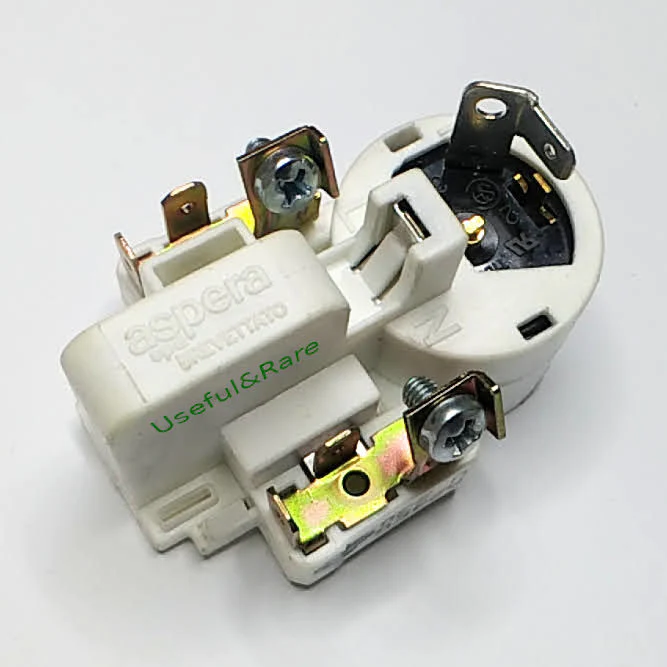
The compressor relay is responsible for providing power to the compressor, determining when it should turn on and off. If the compressor relay is faulty, it can cause the refrigerator to not cool properly. Follow these steps to troubleshoot the compressor relay:
- Check for compressor activity: With the refrigerator on, touch and feel the compressor to see if it is running. If you do not feel any movement or hear any buzzing, it may indicate a problem with the compressor relay.
- Listen for clicking: Unplug the refrigerator and then plug it back in. Listen closely to the compressor. If you hear the compressor “click on” and quickly “click off,” it is likely that the compressor relay is broken.
- Inspect the compressor relay: Unplug the refrigerator and locate the compressor relay. Give it a gentle shake and listen for rattling sounds. If you hear excessive rattling or small particles fall out, the relay is likely defective.
- Test for continuity: Use a multimeter to check for continuity in the compressor relay. If you do not get a reading or the contacts are destroyed, it indicates a faulty relay that needs to be replaced.
Section 5: Examine the Evaporator(s)
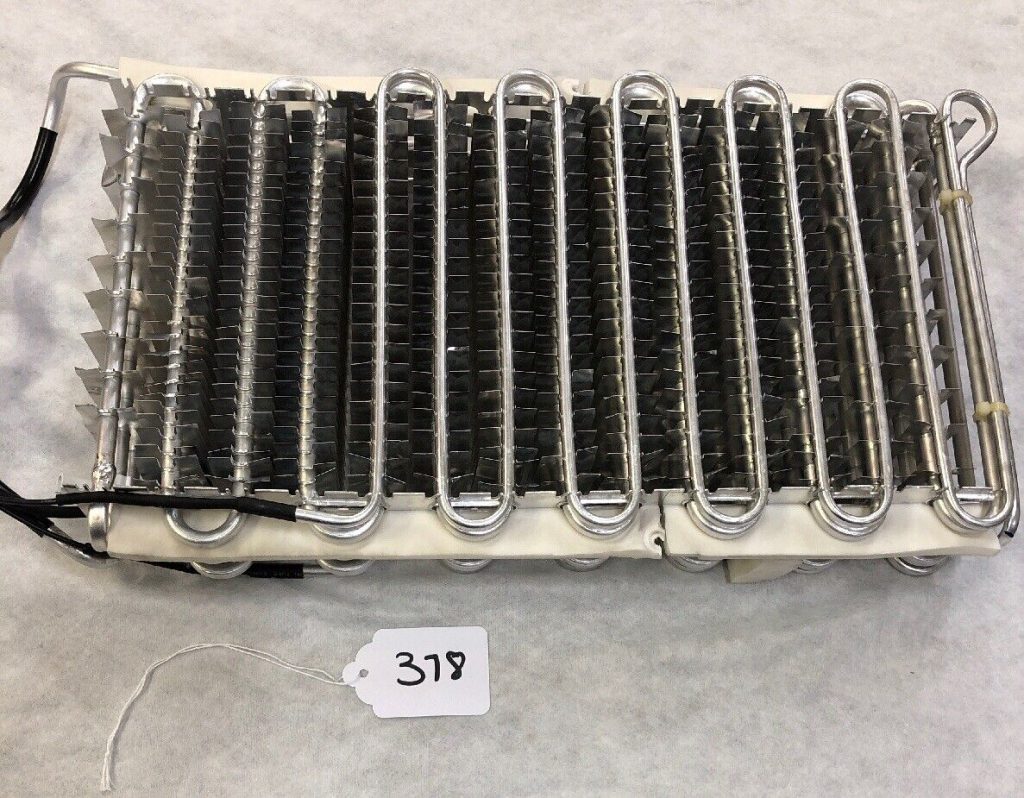
The evaporator coils are responsible for cooling the air inside the refrigerator. Depending on the model of your Bosch refrigerator, you may have one or two evaporators. Follow the steps below to examine the evaporator(s):
- Single evaporator Bosch refrigerators: In the freezer compartment, remove all shelves and the screws securing the evaporator panel. Inspect the evaporator coils for excessive snow or ice build-up. Check the defrost thermostat and defrost heater for any signs of damage.
- Dual evaporator Bosch refrigerators: In the refrigerator compartment, remove all shelves and drawers, and then remove the screws securing the evaporator panel. Inspect the refrigerator evaporator coils for any ice build-up. Allow any ice to melt, plug in the refrigerator, and monitor if it cools down.
- Test the defrost heater: If the evaporator coils are covered in excessive ice, the defrost heater may not be working correctly. Remove the defrost heater and test it using a multimeter. It should show continuity and resistance between 20-40 Ohms.
Section 6: Check the Evaporator Fan
The evaporator fan circulates cold air from the evaporator coils throughout the refrigerator and freezer compartments. A malfunctioning evaporator fan can result in inadequate cooling. Follow these steps to check the evaporator fan:
- Single evaporator Bosch refrigerators: Remove the light mountings in the freezer to access the evaporator fan. Check if the fan is running. If it is not, look for obstructions, such as ice build-up, or a failed fan. Test the door switch to ensure it is functioning correctly.
- Dual evaporator Bosch refrigerators: Partially remove the refrigerator evaporator panel and observe the evaporator fan. Close the refrigerator doors for two minutes and then quickly open them to see if the fan is still moving. If it is not, the fan may be defective.
Section 7: Clear the Defrost Drain
The defrost drain prevents excess water from accumulating and freezing inside the refrigerator. If the drain becomes clogged, it can lead to ice build-up and hinder proper cooling. Follow these steps to clear the defrost drain:
- Thaw out the refrigerator: Allow the refrigerator to thaw out completely. This can be done by unplugging it and leaving the doors open for a few hours or overnight. Make sure to remove any food items before thawing.
- Unblock the drain: After thawing, force air through the drain to remove any debris that may be causing the blockage. You can use a turkey baster to blast water down the drain as well. Ensure the drain is clear and free from obstructions.
Section 8: Ordering Bosch Refrigerator Replacement Parts
If you have identified a faulty or defective part during the troubleshooting process, you may need to replace it. Follow these steps to order Bosch refrigerator replacement parts:
- Locate the model number: Look for a sticker inside the refrigerator or freezer that displays the model number. Write down the exact model number of your Bosch refrigerator.
- Search for the part: Visit the Sears Parts Direct website and enter the model number in the search bar. Browse through the available parts and select the one you need for your specific refrigerator model.
- Order the part: Add the desired part to your cart and proceed to checkout. Follow the instructions to complete your purchase and provide the necessary shipping information. Once the part arrives, refer to the manufacturer’s instructions or seek professional assistance to install it correctly.
READ ALSO: LG Refrigerator Not Cooling: Causes and Solutions
Conclusion
By following the troubleshooting steps outlined in this guide, you can diagnose and resolve the cooling issue in your Bosch refrigerator. From checking the power and temperature control settings to cleaning the condenser coils and inspecting various components, you can troubleshoot most common causes of a Bosch refrigerator not cooling. Remember to prioritize safety and consult professional help if needed. With proper maintenance and timely repairs, your Bosch refrigerator will continue to provide efficient cooling for years to come.
FAQs
How do I check the power supply of my Bosch refrigerator?
You can check the power supply by making sure the refrigerator is plugged in properly and the power cord is not damaged. You can also test the power socket with another appliance to see if it works. If the power socket is faulty, you will need to get an electrician to repair it or move the refrigerator to another power source.
How do I clean the condenser coils of my Bosch refrigerator?
You can clean the condenser coils by unplugging the refrigerator and moving it away from the wall or the cabinet. Then, locate the condenser coils and remove the cover if there is one. Use a narrow hose vacuum attachment to vacuum accumulated dust and debris. Gently circulate an appliance brush in and around the coils to capture hard-to-reach dust and dirt. Vacuum up any lingering dust particles around the coils and on the floor. Replace the cover and plug the refrigerator back in.
How do I replace the door gasket of my Bosch refrigerator?
You can replace the door gasket by ordering a new one from Bosch or a local appliance store. Then, unplug the refrigerator and open the door. Remove the old gasket by pulling it out of the groove or unscrewing it from the door. Clean the groove or the door with a damp cloth and mild soap. Insert the new gasket into the groove or screw it to the door. Make sure the gasket is aligned and fits snugly. Plug the refrigerator back in and check the seal.
How do I defrost the evaporator of my Bosch refrigerator?
You can defrost the evaporator by unplugging the refrigerator and opening the freezer door. Locate the fan motor and the evaporator behind the back panel or the bottom panel of the freezer. Remove the panel and check the evaporator for any signs of frost or ice. If the evaporator is frozen, you can use a hair dryer or a warm cloth to melt the ice. Be careful not to damage the evaporator or the fan motor. Alternatively, you can use the defrost function on the control panel if your refrigerator has one. Replace the panel and plug the refrigerator back in.
How do I contact Bosch Customer Support if my refrigerator is still not cooling?
You can contact Bosch Customer Support by calling them at 1-800-944-2904. They will help you diagnose the problem and arrange for a service visit if necessary.